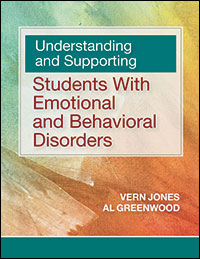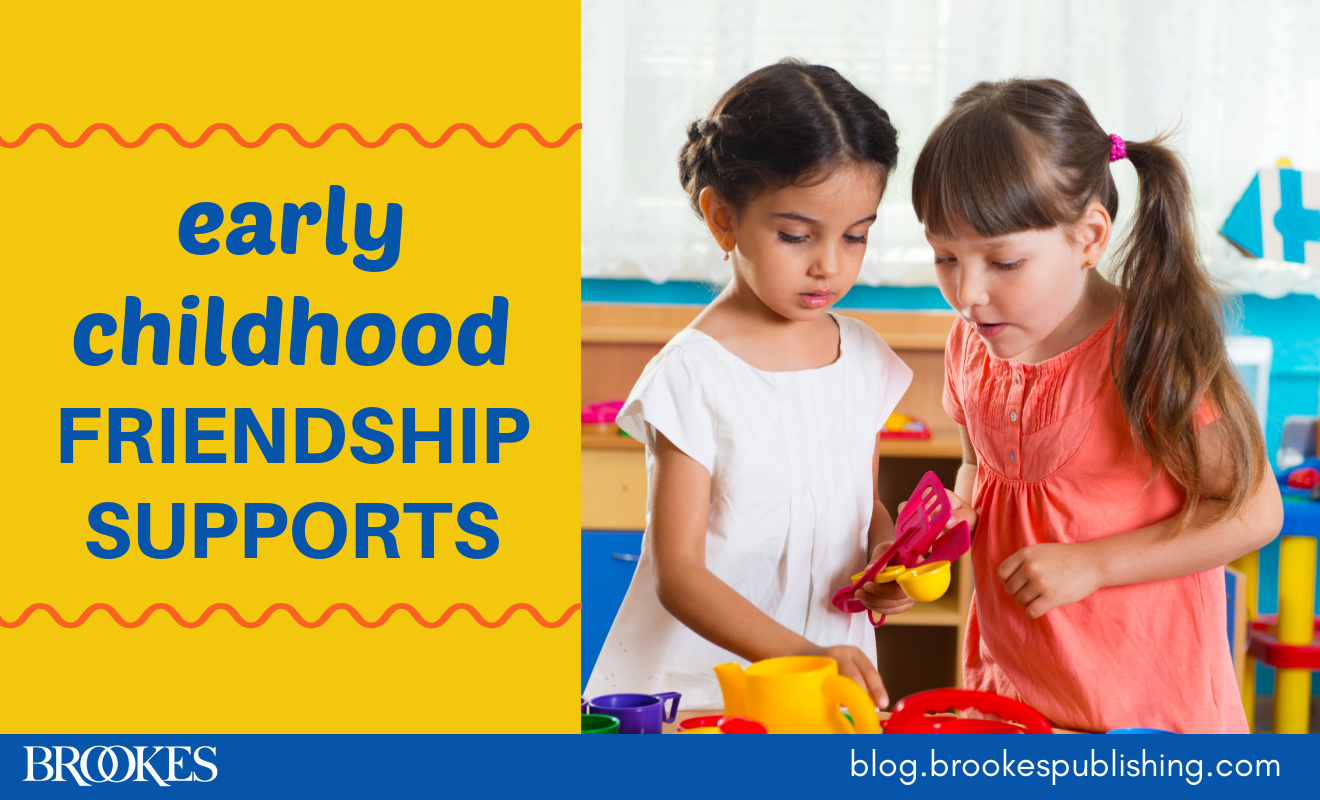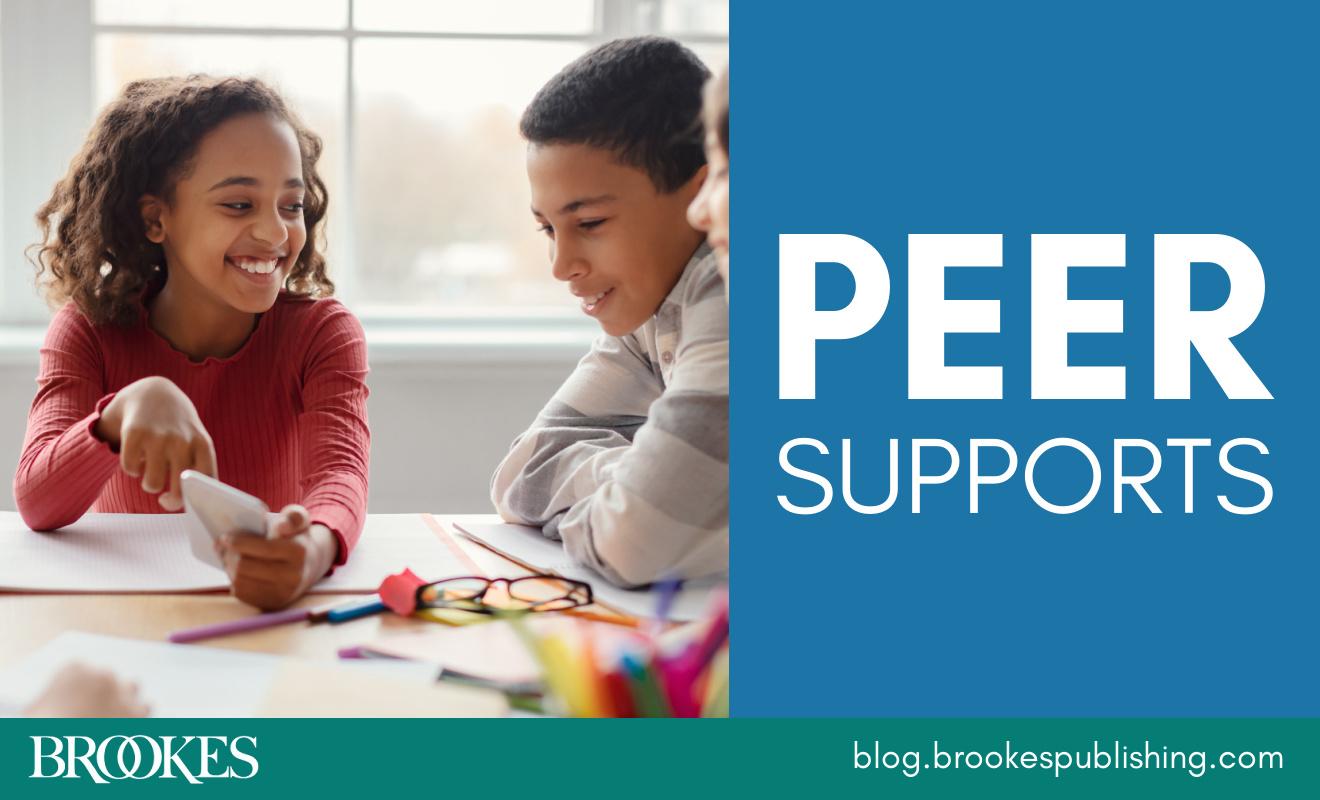10 Ways to Encourage Positive Peer Relationships
August 16, 2022
Positive and supportive peer relationships are important—they can reduce student stress, support mental health, strengthen communication skills, and mitigate negative family and community factors. Today’s post, excerpted and adapted from Understanding and Supporting Students with Emotional and Behavioral Disorders, by Vern Jones & Al Greenwood, gives you 10 ideas for promoting positive connections among your students. Easy to use in any classroom, these tips and activities will help your students get better acquainted with peers, feel part of a cohesive group, develop supportive relationships with each other, and decrease bullying and isolating behavior.
Decorate the classroom together.
Make classroom decoration a fun and cooperative activity. Invite your students to be active in decorating the room—they can take part in everything from designing bulletin board displays to determining the types of plants they would like in the room. Increased student involvement in organizing and decorating the room is almost always associated with an intensified group feeling, higher motivation, and reduced vandalism.
Play “getting to know you” bingo.
This is a fun activity best used in upper-elementary and middle-school classes. Have each student complete a brief self-information sheet on the first day of school, so you can gather information about their special interests, pets, hobbies, and so on. Then place one interesting piece of information about each student in each square of a bingo grid. The next day, give each class member a bingo card and ask the students to walk around the room and get the signature of the person associated with each square. This can be continued until someone gets a signature for each square, someone has a signature on each square in two rows, or a designated period of time has elapsed.
Have students interview each other.
Give your students a series of questions or prompts and then ask them to interview a partner. (This activity can be repeated several times.) The prompts for these interviews can be tailored to the class. For example, in an English class, you might offer prompts like: “If I could meet any author (dead or alive), I would like to meet…,” “My favorite book is…,” or “Besides books, I like to read…” After the first interview, each member of the pair may be asked to introduce the person they interviewed to the group.
Create personalized t-shirt designs.
Give each student a sheet of paper with the outline of a t-shirt drawn on it. Then ask students to design a t-shirt they could wear to school that would help others know them better. The students can draw, sketch, write, or make displays—however they are most comfortable. Once the designs are completed, students share them in groups of four. After these groups have shared, students can form new groups of four.
Make shoebox self-portraits.
Provide each student with either a paper bag or a shoebox covered with butcher paper. Give a brief lesson on drawing portraits and have students draw or paint self-portraits on the lids of their shoe boxes or on their bags. Then, ask students to take their boxes or bags home and fill them with five items they select to represent them. Remind them to be sure these items are appropriate for sharing at school—they might include pictures of their families, an item that represents a favorite interest or hobby, and so on. Each day over the next few weeks, have a few students share their items so their peers can get to know them better. The portraits on the boxes or bags can be shared with parents at back-to-school night.
Display a “good deeds tree.”
Attach a large paper tree or branch to your classroom bulletin board, and ask your students to pay special attention to the nice things their peers say and do. Whenever they see something nice being done, students can write down what happened on a paper leaf and pin it to the tree. Variations of this activity can be created by using pumpkins in a pumpkin patch at Halloween or shamrocks in a field near St. Patrick’s Day. When working with children who cannot write their responses, set aside several times during the day to ask them to list nice things they have seen or heard. Write these down and ask the children to pin them on the bulletin board.
Teach constructive ways to express concerns.
It’s important to explicitly teach students how to communicate when they are upset about something or when their feelings have been hurt in the classroom. Effective expression of concern is one key aspect of a group that works effectively and cohesively. Teach your students how to construct an “I” message to share their feelings, or to simply say “ouch” when something happens in the class that makes them feel bad or sad.
Share experiences through writing activities.
Ask students to briefly write about an experience they have had, such as a favorite place they have gone or a special time they have spent with a relative. Students can then share these with a partner, and rotate through three or four sharing partners.
Play Four Corners.
Finding similarities among peers is a way to build group cohesion. When students discover who has similar interests and preferences, new friendships may develop.
Give students a series of different prompts, and ask them to stand in the corner with the letter that best reflects their response to each. Using the age and interests of your students as a guide, choose prompts such as:
- My favorite vacation spot would be (a) the beach, (b) the mountains, (c) the desert, or (d) a city.
- A sport I enjoy watching is (a) football, (b) basketball, (c) baseball/softball, or (d) tennis.
Do a class service project.
Students can build a sense of community and practice cooperation skills by solving a common problem or assisting others. A classroom group that mentors a group of younger students, works to beautify the school, or provides assistance in the community will almost always develop a closer bond. Service projects are particularly helpful for students with behavior challenges—involvement in service projects can not only move a student’s focus away from their own discomforts or personal issues, but also provides a way to increase social perspective by building awareness about other people’s needs and concerns.
Add these ideas to your toolbox of strategies for creating classroom community and strengthening connections among students. And if you teach learners with emotional and/or behavioral disorders, pick up the book behind today’s blog post—it’s full of the knowledge and skills you need to support students with EBD and help them succeed in school and in life.





Write a Comment
Your email address will not be published. Required fields are marked *
Post a Comment